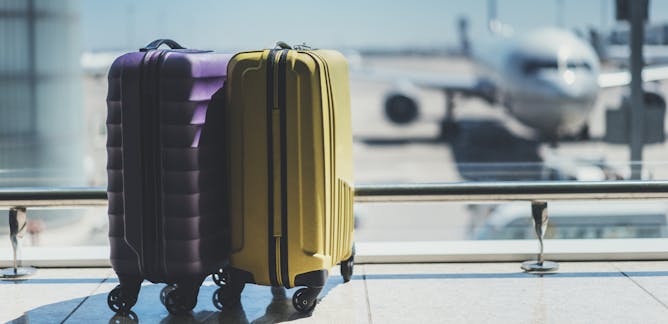What is an EB-1 visa?
An EB-1 visa is a type of employment-based immigrant visa category in the United States. It is designed for foreign nationals who possess extraordinary abilities, have achieved outstanding accomplishments in their respective fields, or are considered outstanding professors or researchers. The EB-1 visa category is often referred to as the “first preference” category within the employment-based immigrant visa system.
There are three subcategories within the EB-1 visa category:
EB-1A: Extraordinary Ability
- This subcategory is for individuals who have demonstrated extraordinary ability in their field, such as sciences, arts, education, business, or athletics. To qualify, applicants must provide substantial evidence of their achievements and recognition within their field.
EB-1B: Outstanding Professors and Researchers
- This subcategory is for professors and researchers who have outstanding achievements in their academic or research careers. To be eligible, applicants typically need a job offer from a U.S. academic institution or a private research employer. They must also demonstrate international recognition in their field.
EB-1C: Multinational Executives and Managers
- This subcategory is for managers and executives who have been employed by a multinational company and are being transferred to a U.S. office or subsidiary of that company. It requires the foreign national to have been employed by the same company for at least one of the past three years in an executive or managerial capacity.
- One of the significant advantages of the EB-1 visa category is that it typically does not require a labor certification process, which is a time-consuming step in other employment-based immigration categories. Additionally, EB-1 visa applicants may self-petition, meaning they can apply for the visa without the need for a specific job offer if they meet the eligibility criteria.
How to apply for an EB-1 visa?
- Applying for an EB-1 visa in the United States can be a complex process, and it’s important to follow the specific steps and meet the eligibility criteria for the subcategory that best applies to your situation. Below, I outline the general steps for applying for an EB-1 visa:
Determine Eligibility:
- Identify the appropriate subcategory of the EB-1 visa for which you qualify. The three subcategories are EB-1A (Extraordinary Ability), EB-1B (Outstanding Professors and Researchers), and EB-1C (Multinational Executives and Managers).
Gather Documentation:
- Collect all the required documents and evidence to support your EB-1 visa application. The specific documentation will vary depending on the subcategory but may include letters of recommendation, awards, publications, employment history, and proof of accomplishments.
Petition Filing:
- For the EB-1A and EB-1B categories, you will typically need a sponsoring employer or institution to file an immigrant petition on your behalf (Form I-140, Immigrant Petition for Alien Worker). In the case of EB-1C, the U.S. employer filing the petition must meet the multinational company requirement.
- If you are self-petitioning for the EB-1A category, you can file the I-140 petition directly with the U.S. Citizenship and Immigration Services (USCIS).
Priority Date:
- The date USCIS receives your Form I-140 is your “priority date.” It’s important to note that there may be visa bulletin restrictions and waiting periods based on visa availability and your country of origin.
Adjustment of Status (If Applying from Within the U.S.):
- If you are already in the United States in a nonimmigrant status, you can file Form I-485 (Application to Register Permanent Residence or Adjust Status) to become a permanent resident after your priority date becomes current. This step is only applicable if you’re in the U.S. and eligible for adjustment of status.
Consular Processing (If Applying from Outside the U.S.):
- If you are outside the United States or ineligible for adjustment of status, you will need to go through consular processing at a U.S. embassy or consulate in your home country. Once your Form I-140 is approved, you will receive instructions on how to proceed with the visa application process.
Attend Interviews and Medical Examinations:
- You may be required to attend an interview at a USCIS office or a U.S. embassy/consulate. Additionally, you may need to undergo a medical examination as part of the visa application process.
Visa Approval and Entry:
- If your EB-1 visa application is approved, you will receive an immigrant visa in your passport. You can then enter the United States as a permanent resident.
Conditional Residence (if applicable):
- In some cases, you may be granted conditional permanent residence, such as in the EB-1C category. You will need to file a petition to remove these conditions after two years to obtain full permanent residency.




